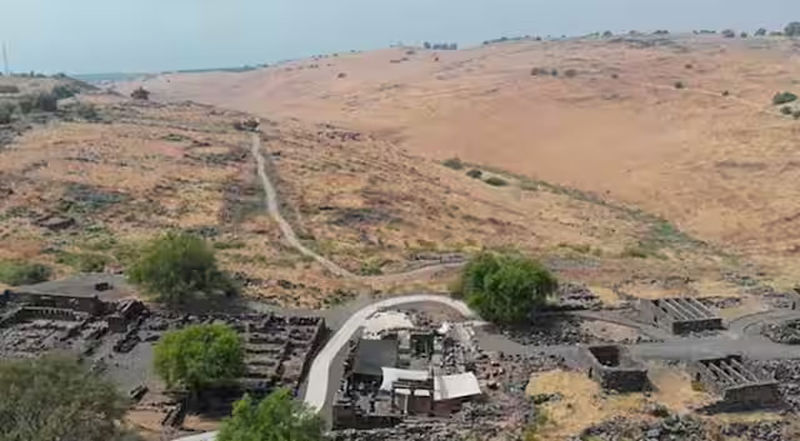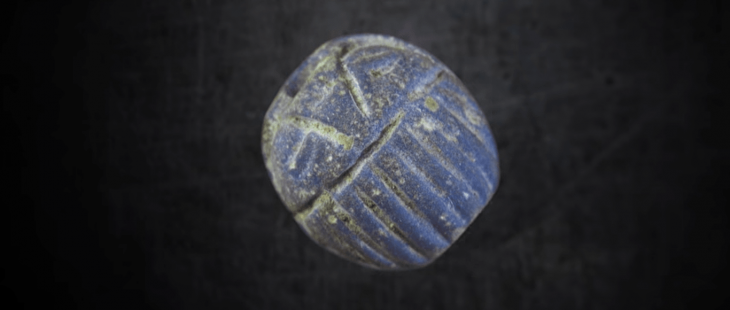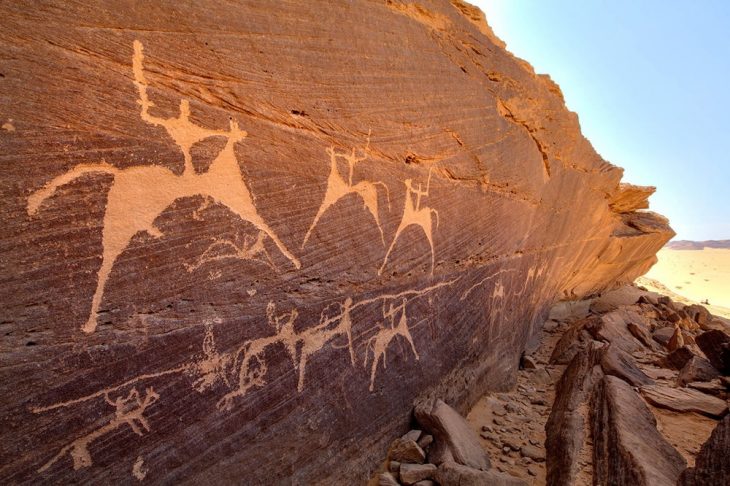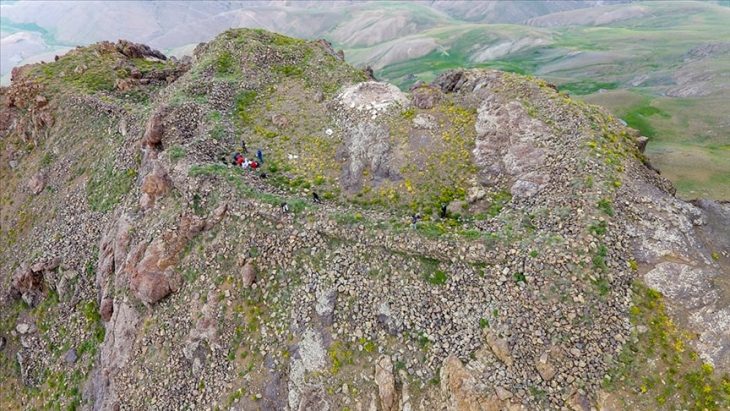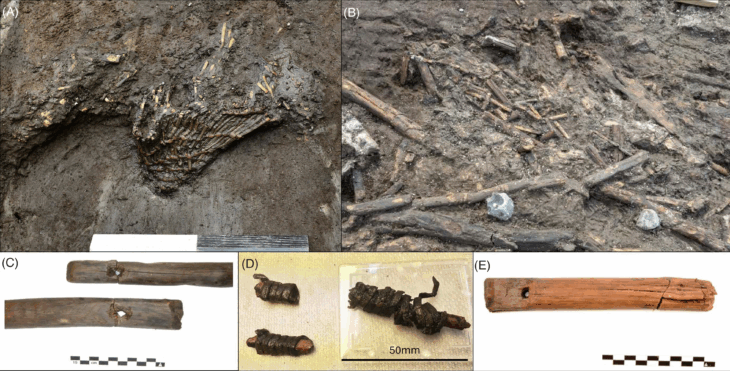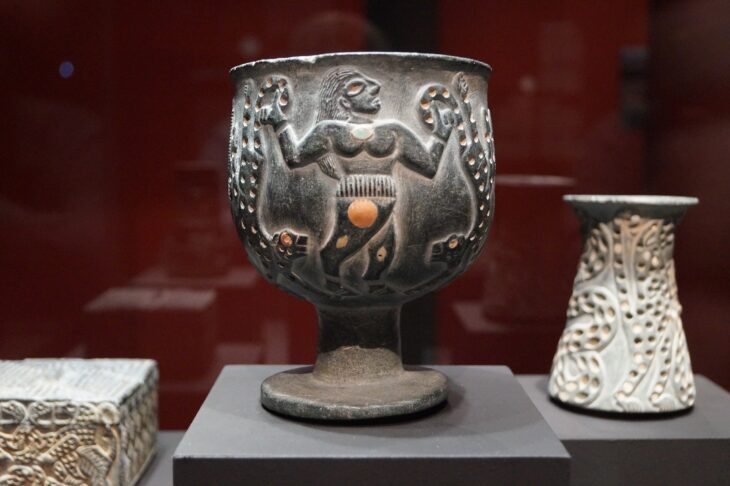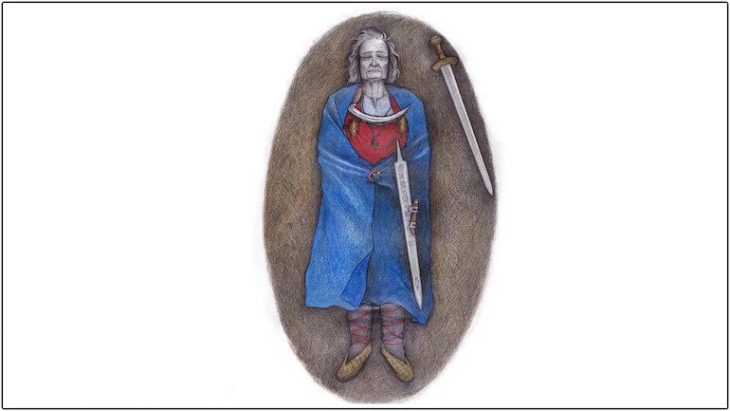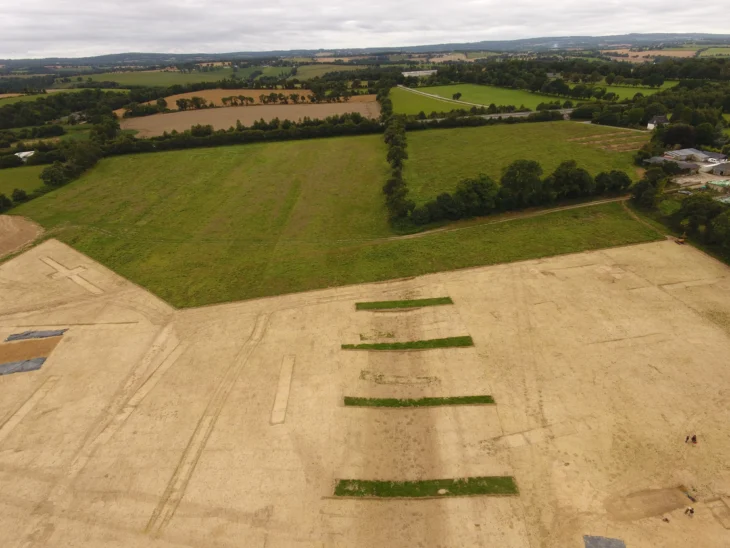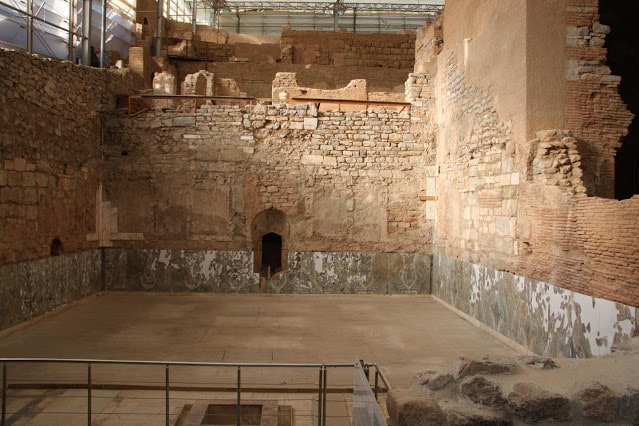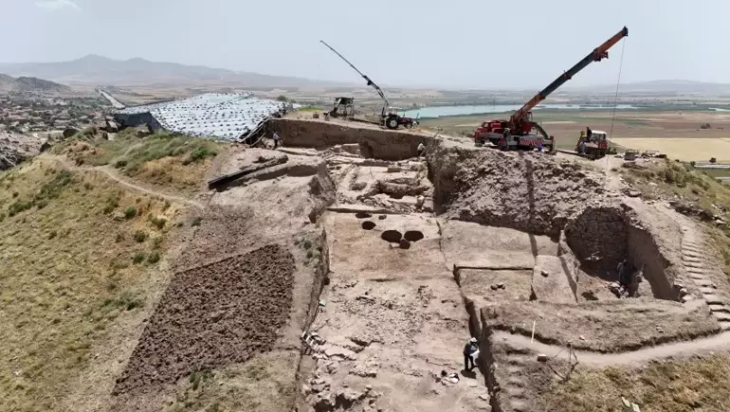Recent archaeological excavations in Israel may have unearthed the remains of a long-lost temple, believed to be the very site where Jesus is believed to have performed miracles, and preached according to New Testament accounts.
According to various passages in the New Testament, Christ preached to his followers and healed those who were sick in a synagogue which was located in the ancient Israeli city of Chorazin. There are 3rd and 4th-century temple ruins there, but up until recently, there was no proof that the temple existed during Jesus’ lifetime. The recent discovery could confirm the existence of a temple at this site at the time of Christ.
Lead archaeologist Achia Cohen-Tavor, from Dagesh Tourist Archaeology, described the discovery as one of the most significant of his career. Upon removing the floor of the third-century synagogue, his team found large, strategically placed boulders that predated the existing structure by several centuries.
The team went to work removing the giant rocks, finding pottery, coins, and cookware nestled between them artifacts that could potentially date back to the first century.
“We can’t date the rocks themselves, but we can date the items found between them,” Cohen-Tavor explained in a video documenting the excavation.
📣 Our WhatsApp channel is now LIVE! Stay up-to-date with the latest news and updates, just click here to follow us on WhatsApp and never miss a thing!!
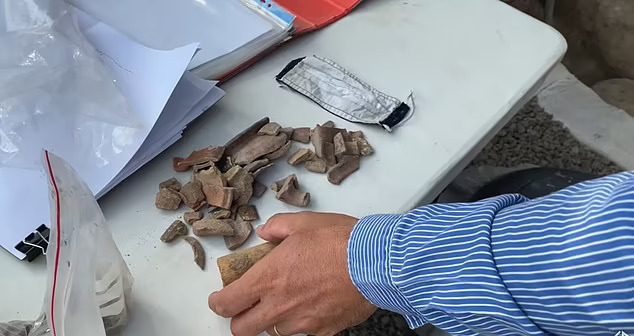
The discoveries provide crucial evidence about the first-century synagogue, although more research is needed to confirm the full significance of the site.
According to the Book of Matthew, Chorazin was a city where Jesus taught, but he later cursed it for its lack of repentance. The excavation’s findings suggest that the path leading to the synagogue might have been walked by Jesus over 2,000 years ago.
The third-century synagogue, discovered in 1905, was built from basalt stones and adorned with Jewish motifs. It featured three entrances, with the front facing south toward Jerusalem, as was customary at the time.
A notable feature of this synagogue is the “Chair of Moses,” a stone seat mentioned in the Bible, where the Torah reader would sit. This chair is mentioned in the Bible, and similar ones have been found in other early synagogues, such as on the island of Delos in Greece and at Hammath Tiberias near the Sea of Galilee. It’s likely that when Jesus taught in Galilean synagogues, He used such a seat, reserved for those in authority.
This discovery could confirm that the temple where Jesus preached and performed miracles in Chorazin was indeed real. The archaeology team is hopeful that the discovered artifacts will yield conclusive evidence.

